Better Gas Mileage in a Toyota Prius
Here we go again: gas prices are spiking and sales of hybrid are zooming.
The economics of buying a hybrid—more demand than supply—also mean that popular models, like the Toyota Prius, will cost a bit more. Given these trends, it’s a great time to revisit our expert guide to maximizing mpg in a Toyota Prius—so that new and existing Prius owners can make the most of their hybrid investment.
How do some Prius drivers achieve fuel economy above the EPA estimate of 50 mpg—while others barely reach 40 mpg? What techniques allow some of these “hypermilers” to consistently break 70 mpg?
In the search for answers, it’s easy to get lost in the hundreds and hundreds of posts on discussion forums. So we took the trouble of reading everything we could find, and to speak directly with the most accomplished of fuel-efficient drivers. The info below is the “Readers Digest” of Prius mileage advice.
Do these hints work for you? What else would you add?
With the 2010 model, Toyota added its three modes—Eco, Power and EV. That puts more efficiency tools in the hands of Prius drivers. How are using those buttons to maximum benefit? Please add your suggestions in the comments and we’ll integrate the best ideas into the main article.
Overview
Toyota’s sophisticated hybrid system allows nearly all drivers to achieve better than 40 mpg. Master the art of “gliding” and your mileage could far surpass the EPA’s combined estimate of 50 mpg.
Break-in Period
Give any hybrid a full six months and/or 10,000 miles to get broken in. The biggest impact occurs in the first 2,000 miles or so, and it may take as much as 15,000 to achieve peak mpg’s. Hybrid owners commonly experience a 10-15% improvement in fuel economy after the new car smell has drifted away.
Route Selection
Speed is your enemy. The ideal routes have long stretches without stops, and speed limits of 30 – 35 mph. (The sweet spot for most hybrids, in “steady state” testing, is between 40 and 45 mph.)
Don’t be concerned about hills, especially routes with short steep uphills and long gradual downhills. The glide or coast on the way down—especially if it’s uninterrupted—will more than make up for the extra energy to get to the top. And the downhill stretches will give you a chance to recharge your battery through regenerative braking.
Pick routes that are less windy. A hybrid’s aerodynamics are streamlined for head-on gusts, but swirling and sideways winds can destroy high mpg. Tail winds are great.
Experiment with multiple routes to see which paths consistently produce the best mileage.
When to Drive
Cold starts are mpg killers. The Prius and other hybrids get the worst mileage in the first five to ten minutes of driving.
Try to get all your errands done in one outing. If you can help it, drive after the day has warmed up. Hot humid air is the least dense, and produces the least air resistance.
Avoid rush-hour traffic, if at all possible.
Do your best to skip driving during rainy, slushy or snowy conditions.
Tire Pressure
Tire pressure (i.e., rolling resistance) has a significant influence on fuel economy, and an obvious impact on safety and the quality of your ride. Do the research, and make your own decisions about how far to take the tire pressure to maximize mileage.
Drivers getting the highest mileage recommend using the recommended maximum tire pressure on the sidewalls—not the psi supplied by the automaker on the doorframe.
Maintain the maximum recommended tire pressure. Check the tire pressure regularly so the pressure does not fall below the maximum level.
Fuels
Low octane gasoline is best. (There is actually less energy in high-octane fuel.)
Some convenience stores may use more additives than “name brand” gas stations.
Distance from Other Vehicles
Be aware of road conditions. The most important factor in maximizing your mpg is your ability to take your foot off the accelerator absolutely as soon as know that you’ll need to slow down or stop—and getting into “glide” mode.
To give yourself time to stop and coast, create space between you and the car in front of you—except when you have the opportunity to “draft” behind larger vehicles on the highway. You can obtain the benefits of drafting while maintaining a safe distance of 150 feet of more.
Starting & Warming Up
Frequent short city trips will not produce good mileage, even though the Prius is rated very high for city driving. Combine errands to reduce the number of warm-ups.
Dashboard Displays
There are two schools of thought about using the Prius’s display to maximum effect.
Simple: Watch the instantaneous mileage numbers. Learn what produces the best results by watching the effects of your experimentations. Don’t worry about the arrows that appear on the “Energy” display.
Advanced: Use the Energy display to watch the direction of the arrows. Drivers getting the best mileage are able to use split-hair changes in how they press on the accelerator and brakes to move energy from the gasoline engine to the wheels and/or the batteries—or to get all arrows to disappear completely from the screen, in what is referred to as “glide mode.” (More on this below.)
Learning how to get the system into these different states is only possible if you monitor the Energy display and keeping an eye on the results of your fancy footwork.
Accelerating & Cruising
Never mash your foot to the floor. Accelerate slowly especially from a standstill. (Some Prius drivers prefer moderate acceleration before gliding with the engine off.)
If you would like to simultaneously send energy to the wheels and to the hybrid batteries—for example, when you have the headlights on at night and you have a low charge, follow these steps:
- While traveling above 20 mph, slightly lift your foot off the accelerator (but not all the way).
- Reapply your foot gently, until the Energy display shows the energy flow going to the wheels and the batteries. If you push the accelerator too soft, all arrows will disappear (and you will be gliding). If apply too much pressure to the accelerator, all of the gasoline will go to the wheels.
When you need to enter a highway or otherwise rapidly accelerate, simply stomp on the gas and go. The battery power will “assist” the gasoline engine, thereby reducing your fuel use as much as possible.
For highway driving, get best results by setting cruise control at 55 mph. For every mph over 50 mph, you lose approximately 1 mpg. Slowing down from 65 to 60 mph or from 75 to 70 mph will save you approximately 5 mpg.
Braking & Deceleration
In the eyes of advanced Prius drivers, the way you slow down and the brake is much more important than acceleration techniques—and the goal is to “glide” (description below) at every opportunity, regardless of the traffic conditions.
The main idea is to control the amount of braking that is used to regenerate energy to the batteries. (Regenerative braking is essential for keeping energy in the batteries, but a little bit goes a long way. Avoiding the overuse of regenerative braking will prevent you from slowing down more quickly than necessary. Extending your glides and coasts is a key to maximizing mileage.)
Native Alaskan people have many words for “snow,” and Prius hypermilers have at least four words for how to brake. Use the least aggressive method to travel as far as possible before needing to accelerate again:
Gliding (least aggressive) – While traveling, remove foot from the accelerator. Then, ever so slightly, re-apply pressure until all arrows disappear from the Energy screen. You’ll a feel slight surge forward.< /p> This technique will only work when the car is warmed up.
You can glide at any speed, but it’s difficult to get the arrows to disappear at speeds higher than 40 mph. At the higher speeds, even if you are gliding, the internal combustion engine will spin in order to protect the smaller electric motor from getting damaged. Above 40 mph, the engine is spinning but no gas is being used. Under 40 mph, the gas engine is not spinning. (Some Prius drivers report a “sweet spot” at 39 mph.)
Coasting (slightly more aggressive) – This kind of braking is much easier to explain. Simply remove your foot entirely from the accelerator, but do not apply it to the brake. Regenerative braking is engaged, so you will slow down more quickly than gliding.
Regenerative Braking (aggressive) – Press down on the brakes, but not firmly. As you press, you’ll obtain more regeneration than with coasting, and the electric motors (now acting as generators) will make you slow down quickly.
Mechanical Braking (most aggressive) – Firmly stomp on the brakes to immediately stop. You will obviously use this style of braking if a vehicle or pedestrian jumps in front of you.
To recap, the most important point: Anticipate the need to stop so you can slow down in a glide or in the least aggressive manner. If you do nothing else but get your foot off the accelerator more quickly, you will increase your mpg.
Another “magic number” is 7mph. Below 7 mph, regen stops and friction brakes are engaged—wasting energy that could be stored in the battery. Try to avoid slowing below 7 mph by decelerating earlier while approaching a red light, so that it turns green before you get there.
All-Electric Mode
Prius hypermilers do not favor all-electric mode as the optimum strategy for maximizing mileage. They prefer to alternate between the gentlest use of gasoline (pulse) and the gliding technique described above. See Advanced Techniques below for a detailed description of the pulse and glide technique.
In certain situations, such as the last mile or so of your trip, or if you’re just moving the car from one part of the driveway to the other, the all-electric mode is more advisable. (The batteries will recharge quickly on your next start-up.)
How do you get into all-electric mode?
- In the third-generation Prius, the 2010 model, that’s easy: use the EV button.
- While traveling, remove foot from accelerator and then, very gently, re-apply pressure to the accelerator. Ever so slightly increase the touch on the accelerator (hardly moving your foot at all) until arrows on the Energy screen flow only to the battery.
Maintain steady speed to remain in all-electric mode. In the third-generation model, you’ll get kicked out of EV mode above 34 miles per hour.
A sustained period of all-electric driving will deplete the battery charge, which could trigger the use of gasoline to recharge the batteries, essentially nullifying the efficiency benefit.
Idle versus Shutdown
If you need to remain stationary for no more than ten minutes or so—stopping to run quickly into your house or pick somebody up—place the Prius into park, but don’t shut down.
Turn off the heating, cooling, lights, and other electric accessories. Push the “Park” button.
The goal is to avoid shutting down and restarting, at which time the Prius will run through a startup cycle that uses gas.
Gear Selection
There are not a lot of gear selections to consider. (Think of your foot as the main control for maximizing mileage.) The one exception is the B gear.
The B gear should be used only if you are going down a long hill. The B gear lets the engine slow down the car without overusing your brakes and over-charging the batteries.
AC and Accessories
It’s best to avoid AC and Defrost whenever possible. Using the vent function with the temperature set to your preferred comfort level works well on long trips.
On hot days, set the AC two degrees lower than the outside temperature or to 85, whichever is lower. This setting keeps air coming into the Prius using the least amount of energy.
Avoid using the MAX setting.
State of Charge (SOC)
Two or three bars from the top is fine. When you are missing five bars, the gas engine will kick in to recharge the battery.
When you are three bars down, consider the technique of sending gas power to wheels and battery (watching arrows and wiggle foot to get it) or use a slightly more aggressive form of braking to increase the amount of regeneration.
It’s okay to allow the charge to drain at the end of the drive, or right before an anticipated long downhill stretch.
If the SOC gets too low, you can’t get into glide mode. SOC display in bars is not always entirely accurate.
Cruise Control
Cruise control, which provides smooth acceleration and allows the computer to make fuel-saving decisions for you, is recommended in most situations. It works well on flat driving and is excellent for non-congested highway driving.
Set at 55. (Good way to discipline yourself to keep your speed down.) Lower speeds will produce even better results.
Cruise control is not nearly as good in hilly terrain, where uphills produce aggressive driving and too much regen braking on downhills. When you’re going downhill in cruise control, you can give a little push on the accelerator, which will disengage regen and give you even more speed. Maintain safety by not allowing to much speed to build up.
Advanced Techniques
The Pulse and Glide technique, which has allowed some drivers to achieve exceptional mileage, is ideal for roads that allow 30 – 40 mph unobstructed driving. Pulse and Glide will be more difficult in any road condition with busy traffic or numerous traffic signals.
- Accelerate moderately (not babying accelerator, but not gunning it) to 40 mph.
- Then ease off the accelerator. Then, ever so slightly press down on the accelerator again and hold the pedal in that position.
- Glide (engine on but not turning over and transmission in neutral). At this point, the energy screen should not have arrows going in any direction. This state has been referred to as “dead band.” If you press too much, repeat the process of easing up and pressing down again until you find the right spot. At this point, you are coasting without any energy being used to charge the battery.
- Coast down to 30 mph.
- Gently accelerate (pulse) back to 40 mph.
- Repeat steps, alternating between gentle accelerations to 40 mph and gliding down to 30 mph.
Become an AutoGuide insider. Get the latest from the automotive world first by subscribing to our newsletter here.
More by Jeff Cobb



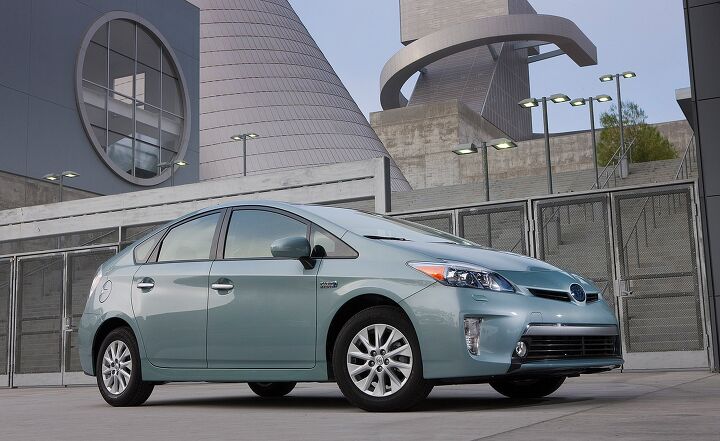


















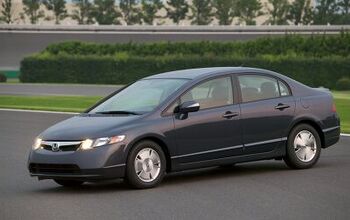




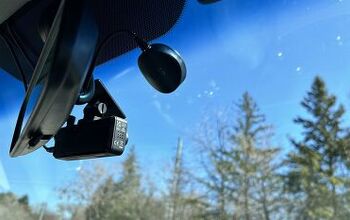
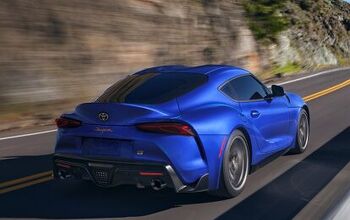

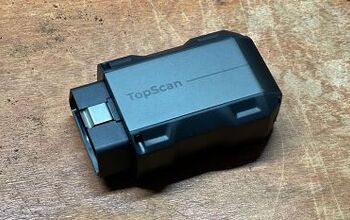
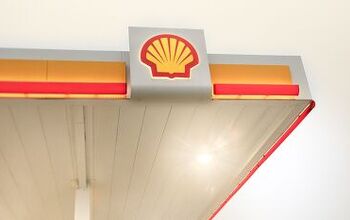



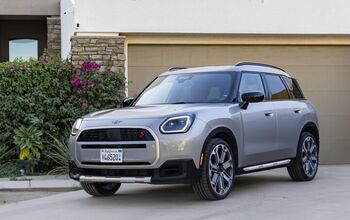
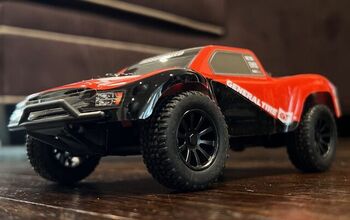
Comments
Join the conversation